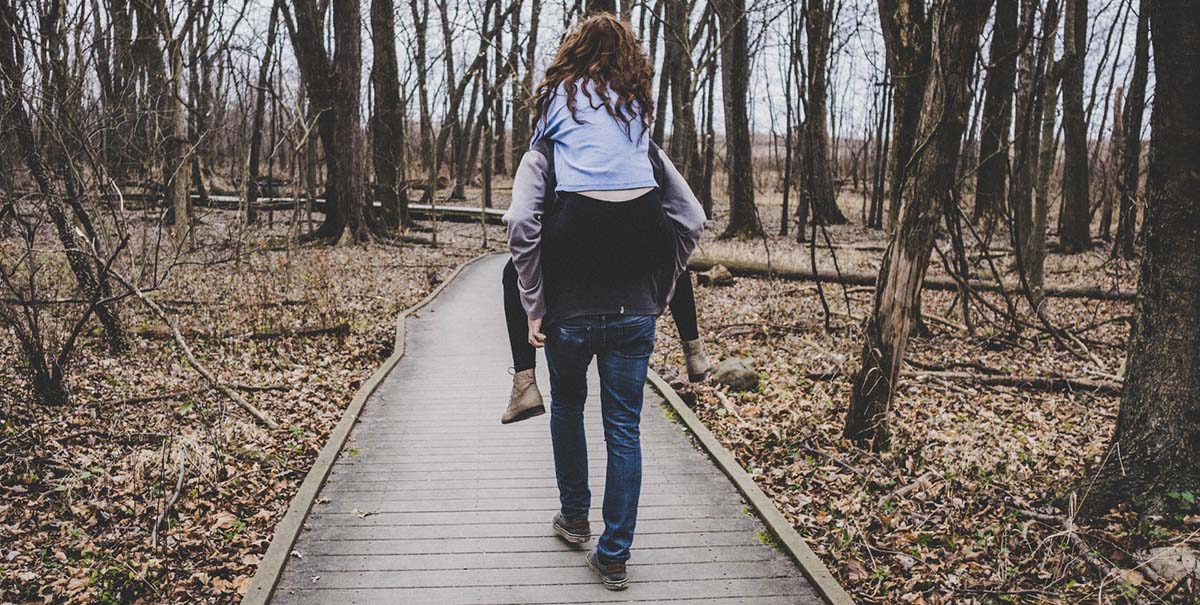Codependence in Relationships
We hear the term “codependence” and codependency a lot, but what does it mean and how does it show up in relationships? Therapist Teyhou Smyth gives a good description of codependence and how to recognise and address it in today’s blog post. You may be surprised to recognise this tendency in your own relationship(s) as many people don’t realise that they are caught in this negative relationship dynamic. If this is you, as always, it is important that you talk to someone and explore how you can address it. We are here to listen and help you on your journey of self-awareness and emotional and mental health.
 Codependence is a way of being in relationships in which a person feels responsible for someone else’s well being. This may mean partnering up with someone who has needs that you try to fulfil beyond what is healthy or being preoccupied by the need to help or please others. People with codependency rely on helping or doing for others as a means of self-worth. In short, they need to be needed. Codependent relationships are usually one sided; the caretaker and the recipient have an unhealthy bond in which there is more emphasis on one person than the other, and this can have many negative consequences on each person in the relationship.
Codependence is a way of being in relationships in which a person feels responsible for someone else’s well being. This may mean partnering up with someone who has needs that you try to fulfil beyond what is healthy or being preoccupied by the need to help or please others. People with codependency rely on helping or doing for others as a means of self-worth. In short, they need to be needed. Codependent relationships are usually one sided; the caretaker and the recipient have an unhealthy bond in which there is more emphasis on one person than the other, and this can have many negative consequences on each person in the relationship.
How Codependence Shows Up in Relationships
People involved in codependent relationships become enmeshed in the needs of their partner and have a hard time setting limits or focusing on their own needs. This can mean one part of a couple has more power than the other, which is often part of the power differential that can be destructive for the relationship. Resentments build, yet the codependence is often at the foundation of the relationship, creating a troublesome dynamic that keeps the couple enmeshed.
Some common characteristics of codependent relationship include:
- Fear of abandonment
- Fear of no longer being “needed”
- Efforts to control most aspects of a relationship and make decisions for the other person
- Mutual dependence: one person needs the other to meet their needs and the codependent relies on being needed to feel worthwhile
- One’s mood reflects how their partner is feeling rather than their own feelings
- A tendency to avoid conflicts
Moving Away from Codependence
When codependence is recognised, it can be addressed. It can be challenging to break free from old habits, but it is possible and will yield healthier, more satisfying relationships.
Notice when you have an urge to “fix”: People with codependent tendencies want to make others happy, and often this means going overboard trying to fix others’ problems for them. Paying attention to strong urges to solve others’ problems can help you make different choices. Allowing others to solve their own challenges empowers them and makes them feel capable. You can offer support without solving the problem or taking on their pain.
Practice limit setting and saying no: When others request your help, assess your own energy levels and needs first. Instead of automatically saying “yes” to others, think about how the request for help makes you feel. If you are feeling resentful, tired, or otherwise struggling, it may be best to decline the request. Setting limits with others can help them recognise their own need for autonomy and your need for space. Saying no and maintaining healthy boundaries shows respect for yourself, which will also teach others to respect you.
Codependence can be reduced with practice and attention to one’s own interests, needs and the development of healthy boundaries. Counselling can also offer insight into the ways codependency has developed over time. Often childhood experiences create codependency in relationships, and these origins can be explored and new patterns of interaction can be developed.
[This blog post originally appeared on Teyhou’s website www.livingwithfinesse.com ~ some content may have been modified for the UK & Irish context.]
